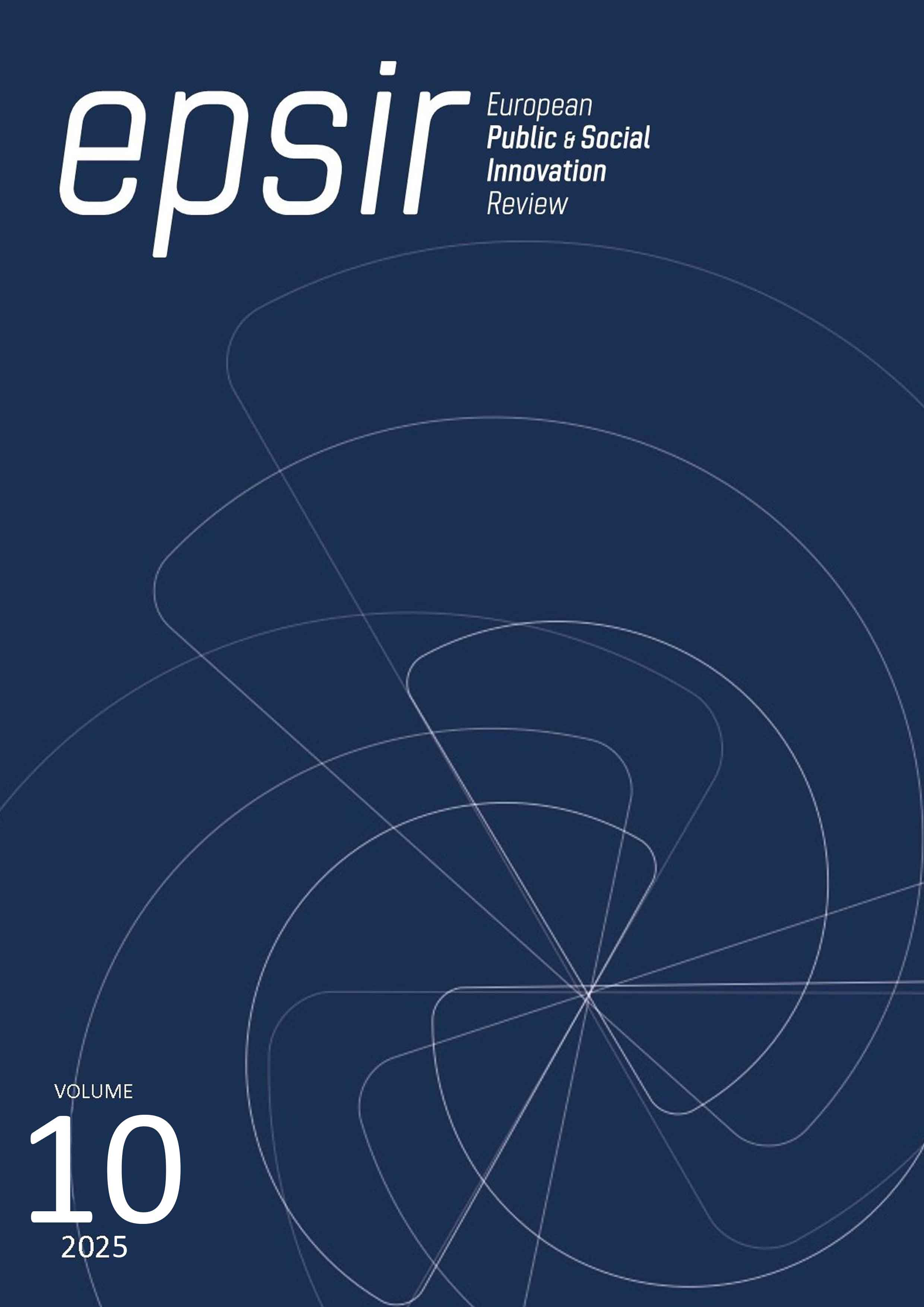Women and Advertising. They speak: advertising creatives regarding their profession and representation in campaigns. Femvertising
DOI:
https://doi.org/10.31637/epsir-2025-1884Keywords:
advertising, women communication, creativity, femvertising, gender, agency, sexismAbstract
Introduction: This paper deals with the role of advertising creative women in the sector, to know their opinion about equality in the profession and their interest and involvement in creating a more egalitarian profession, as well as an egalitarian and non-stereotyped creative message. Women have been studied in advertising in how they are represented in each campaign, the image they are given in each photograph, ... but never before what creative women think about their own representation. Methodology: the empirical part is developed through an in-depth interview with Susana Pérez, creative and President of the association “more creative women”, and a survey of creative women seeking their opinion on equality in agencies, on their knowledge of femvertising and their intention to comply with it. Results: There is an intention for parity in the profession, but not so much in the elaboration of creative messages based on femvertising. Discussion: Need for training in advertising and equality to understand the importance and power of the message in this case. Conclusions: Women suffer discrimination in the advertising sector and advertising creativity, causes that they are already trying to solve, while they do not give so much importance to impose femvertising.
Downloads
References
Alvira-Martín, F. (2011). La encuesta: una perspectiva general metodológica (Vol. 35). CIS.
BOE (1978) Constitución Española bit.ly/4f7uhrh
Castillo, E. y Vásquez M. L. (2003). “El rigor metodológico en la investigación cualitativa”, Colombia Médica, 34(3), 164-167. https://bit.ly/3xUFhYC DOI: https://doi.org/10.25100/cm.v34i.3.269
C de C, Chacón A. y Abad B. (2021) Estudio de la industria publicitaria en España. https://www.clubdecreativos.com/ii-estudio-de-la-industria-publicitaria-en-espana/
De Andrés-del Campo, S., Nos-Aldás, E. y García-Matilla, A. (2016). The Transformative Image. The Power of a Photograph for Social Change: The Death of Aylan. La imagen transformadora. El poder de cambio social de una fotografía: la muerte de Aylan. Comunicar, 24(47), 29-37. https://doi.org/10.58262/comunicar DOI: https://doi.org/10.3916/C47-2016-03
De Andrés-Del Campo, S. (2006). Hacia un planteamiento semiótico del estereotipo publicitario de género. Signa: Revista de la Asociación Española de Semiótica, 15, 255-283. https://bit.ly/3y4SbmM DOI: https://doi.org/10.5944/signa.vol15.2006.6135
DIRCE, 2023 Explotación estadística del directorio central de empresas https://bit.ly/3SgndPp
González-Martín. J. A. (1996) Teoría General de la Publicidad. Ed. Fondo de cultura económica.
Quispe Limaylla, A. (2013). El uso de la encuesta en las ciencias sociales. Ediciones Díaz de Santos.
Martín-Casado, T.G. (2022). Género y menores youtubers internacionales en la creación de contenidos. Desafíos más allá de la normativa. Revista Mediterránea de Comunicación. Mediterranean Journal of Communication, 13(2), 253-278. https://doi.org/10.14198/MEDCOM.20811 DOI: https://doi.org/10.14198/MEDCOM.20811
Martín-Casado, T. G. (2016). El sexismo en la creatividad publicitaria; Limitar el estereotipo, por derecho. Opción, 32(10), 188-208. https://bit.ly/4fcbVFA
Martín-Casado, T. G. (2012). La mujer en la creatividad publicitaria del siglo XXI: De protagonista a profesional del mensaje publicitario. Communication Papers, 1(01), 105-114. 10.33115/udg_bib/cp.v1i01.22142 DOI: https://doi.org/10.33115/udg_bib/cp.v1i01.22142
Martín-Casado, T. G. (2010). El tratamiento de la imagen de género en la creación del mensaje publicitario del medio prensa a comienzos del siglo XXI. El Mundo, Diario de Valladolid. https://bit.ly/4bOUOai
Más Mujeres Creeativas, The room, El Departamento (2024) Una de Dos ¿Por qué te vas?: Un estudio sobre el abandono de las agencias - UnaDeDos
Robles, B. (2011). La entrevista en profundidad: una técnica útil dentro del campo antropofísico. Cuicuilco, 18(52), 39-49. https://bit.ly/4cHcGoC
Romo, H. L. (1998). La metodología de la encuesta. Técnicas de investigación en sociedad, cultura y comunicación. 33-74.
Vega Saldaña, S. M., Barredo Ibáñez, D. y Merchán Clavellino, A. (2019). Percepción de los comportamientos y patrones corporales asignados a la mujer en publicidad. Ámbitos. Revista Internacional de Comunicación, 44, 162-180. https://doi.org/10.12795/Ambitos.2019.i44.10 DOI: https://doi.org/10.12795/Ambitos.2019.i44.10
ONU (2015) Objetivos de desarrollo sostenible https://bit.ly/3ya04qX
ONU Mujeres (1995) Conferencias mundiales sobre la mujer. bit.ly/3ydeeYm
Downloads
Published
How to Cite
Issue
Section
License
Copyright (c) 2025 Teresa Gema Martin Casado

This work is licensed under a Creative Commons Attribution-NonCommercial-NoDerivatives 4.0 International License.
Authors who publish with this journal agree to the following terms:- Authors retain copyright and grant the journal right of first publication with the work simultaneously licensed under Creative Commons Non Commercial, No Derivatives Attribution 4.0. International (CC BY-NC-ND 4.0.), that allows others to share the work with an acknowledgement of the work's authorship and initial publication in this journal.
- Authors are able to enter into separate, additional contractual arrangements for the non-exclusive distribution of the journal's published version of the work (e.g., post it to an institutional repository or publish it in a book), with an acknowledgement of its initial publication in this journal.
- Authors are permitted and encouraged to post their work online (e.g., in institutional repositories or on their website) prior to and during the submission process, as it can lead to productive exchanges, as well as earlier and greater citation of published work (See The Effect of Open Access).




